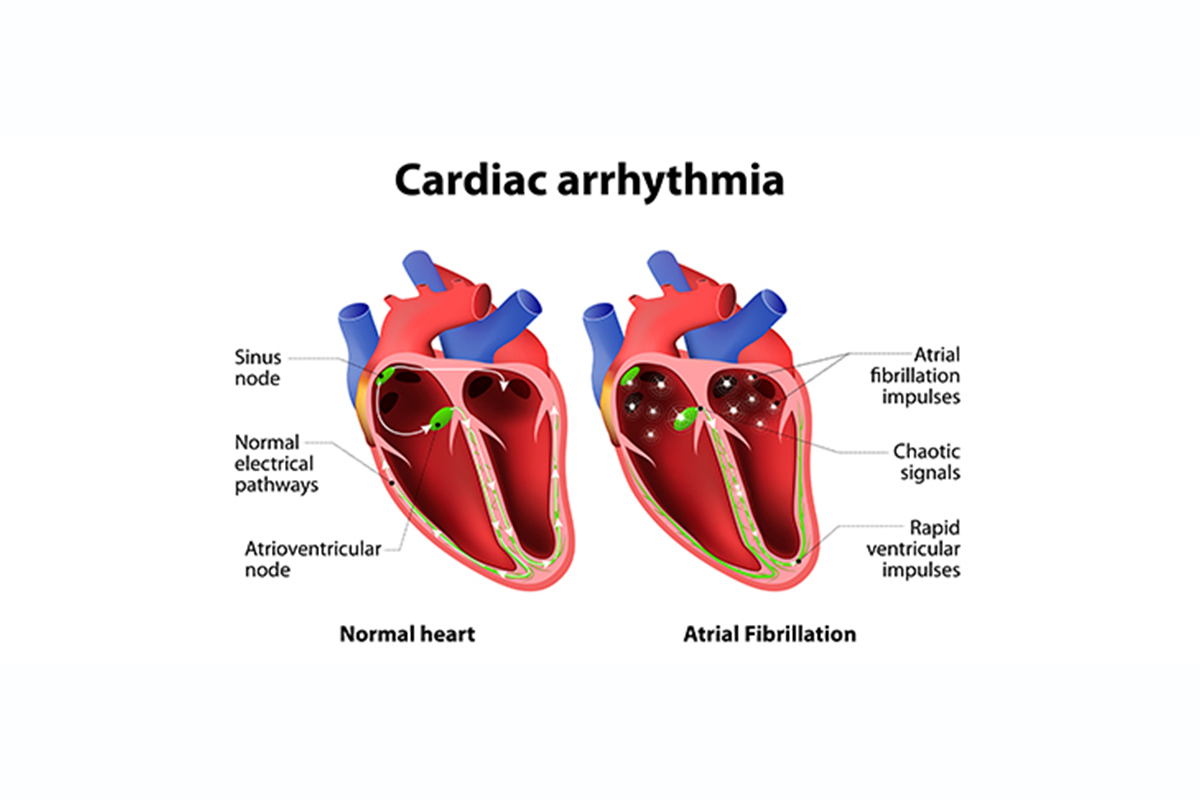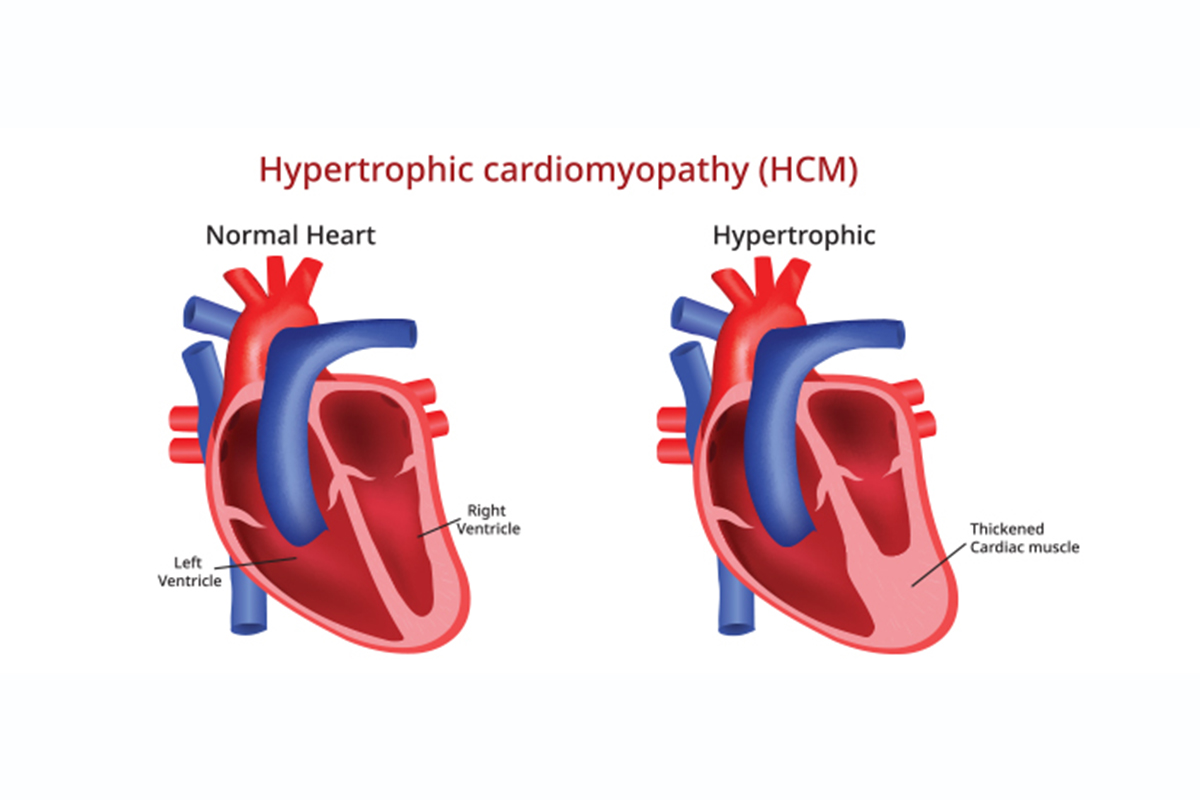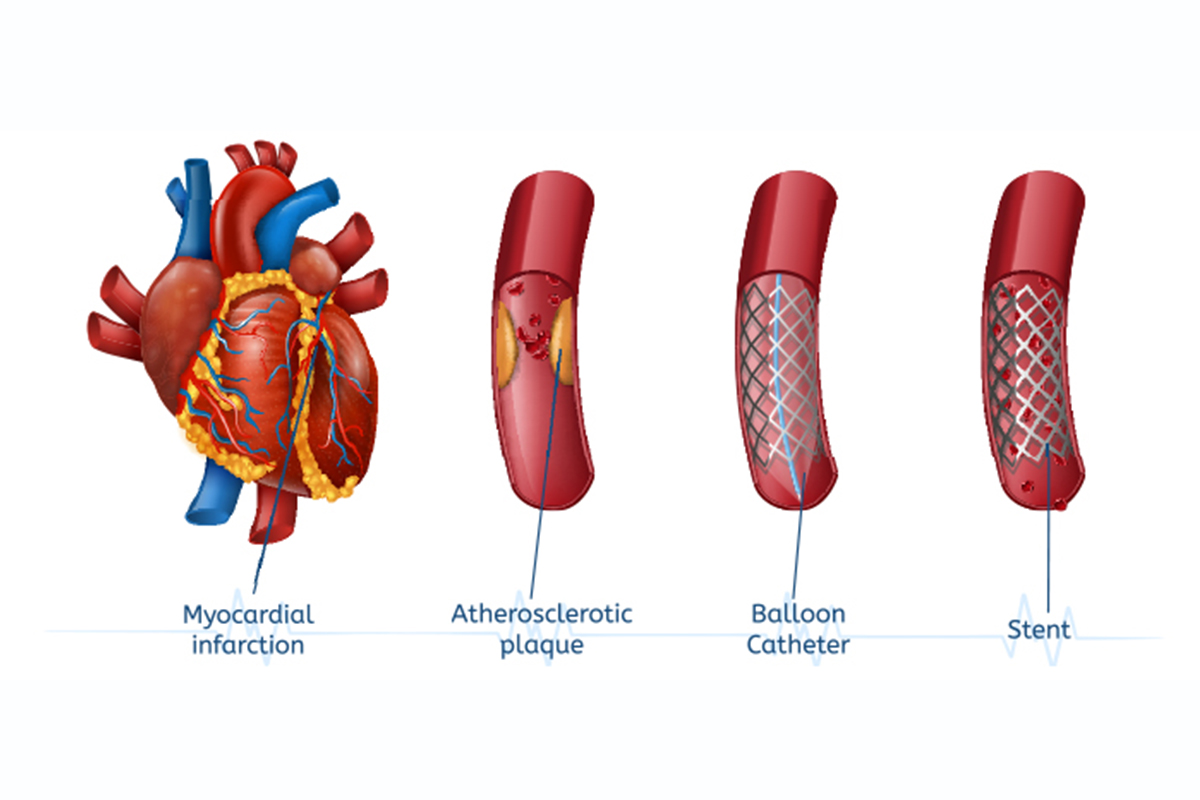
Women and Heart Disease
By Dr. Prashant Tarakant Upasani in Cardiology
Sep 22, 2020
Female patients have historically been confusing for cardiologists since the early 1990s of the last century. It was assumed that women were discriminated in diagnosis and treatment of coronary artery disease i.e. diseases involving narrow tubes which carry blood to different parts of the heart. With the evolving knowledge we have learned that sex differences in diseases involving narrow tubes around the heart (called as coronary arteries) truly exist. Narrowing of these vessels occurs 7-10 years later in women than in men. Women have fewer focal narrowings at all ages. Females also have lower fatty deposits with less calcium burden on these narrowings. In addition they have a diffuse pattern of narrowings within coronary arteries which are often soft and easily prone to burst.
Differences in underlying mechanisms lead to a more distinct presentation of symptom of chest discomfort (including pain) and warrant a more gender-sensitive, diagnostic, and therapeutic approach. As appropriate diagnoses are often lacking, this leads to an ongoing under-treatment which often results in adverse outcomes in the long-run. It is therefore not surprising that we observe a rise in the number of hospitalization for acute heart problems in younger women, even under 45 years of age.
Women with symptom of chest discomfort on exertion often have no significant narrowing in coronary arteries. This is often associated with disorders involving tone of coronary arteries such as being more prone to experience acute and spontaneous muscular contractions (called spasm) and defects in lining of the narrow tubes around the heart. This can be diagnosed by ultrasound examination of the lining of the heart; the latter examination though is not routinely carried out which leads to misdiagnosis of “clean arteries” and subsequent under treatment of symptoms and risk factors. The above abnormalities frequently occur in young and middle-aged women. Chest discomfort may occur both at rest and during exercise and often varies over time. Symptoms usually fluctuate within days and weeks. Majority of females feel unusually tired with a lack of energy. Stressful circumstances and events often aggravate the duration and intensity of symptoms. Lack of patient awareness and gender differences in communication styles frequently hamper the early recognition of this disorder in females. In addition, women’s communication is likely to be emotional, subjective, polite, and self-revealing with more concern and awareness for the feelings of others.
Often in females there is significant involvement of dysfunction of inner lining of the narrow tubes around the heart. Functional and/or structural abnormalities in these tubes result in decreased dilatation. This typically occurs in women between 40 to 70 years of age; important contributory factors are obesity, smoking, high blood-pressure, diabetes and cholesterol abnormalities. It is therefore essential to ask for these risk factors when dealing with females with obstruction in narrow tubes of the heart.
Diagnosis and Treatment :
As the diagnosis cannot be established based on symptoms alone, additional non-invasive and invasive testing for decreased blood supply to the heart, are recommended. Obstruction within narrow tube in the heart can be ruled out with CT angiography. The best way to establish disorders causing or relating to the constriction or dilatation of blood vessels is to perform coronary angiography so as to check for reserves within these narrow tubes. These tests may be abnormal in the absence of any blockage within the narrow tubes; abnormal test results are associated with adverse outcomes.
Treatment of dysfunction of inner lining of the narrow tubes around the heart starts with life-style interventions and appropriate control of the traditional risk factors. Cholesterol lowering drugs such as statins are of utmost importance when lipid levels are elevated. Blood pressure should be strictly treated. A group of drugs called nitrates are helpful to relieve symptoms. Other group of drugs which can be given are calcium channel blockers. Other drugs which can be beneficial include ivabradine, nicorandil and ranolazine. As there is no standard treatment suited for every patient, it may take time to find the best individual options. Stress reduction programs with yoga and meditation can be helpful in symptom reduction.







